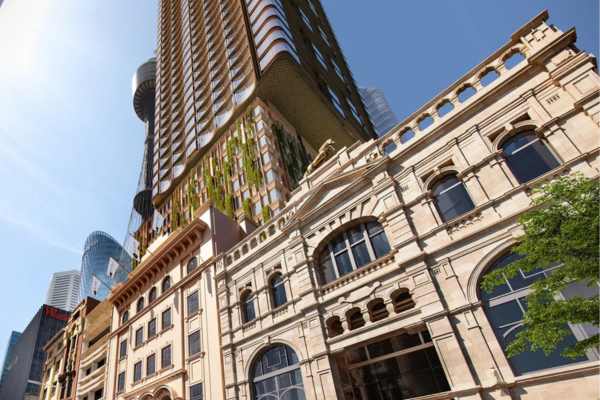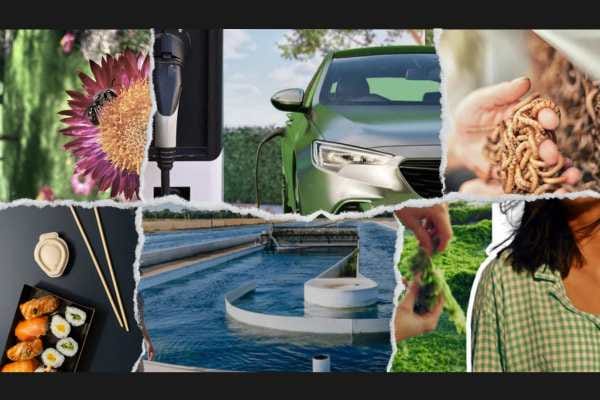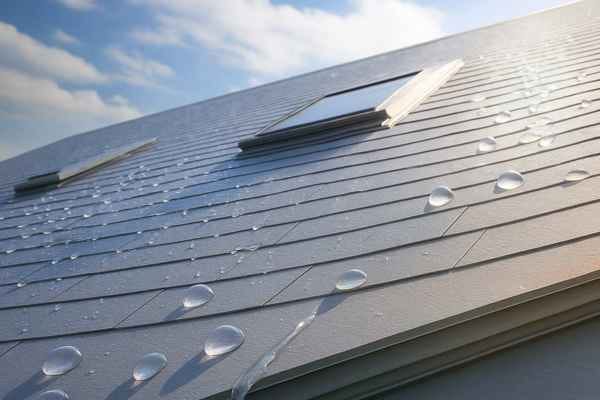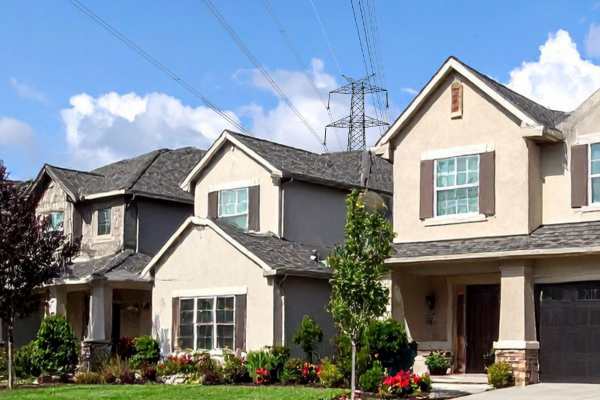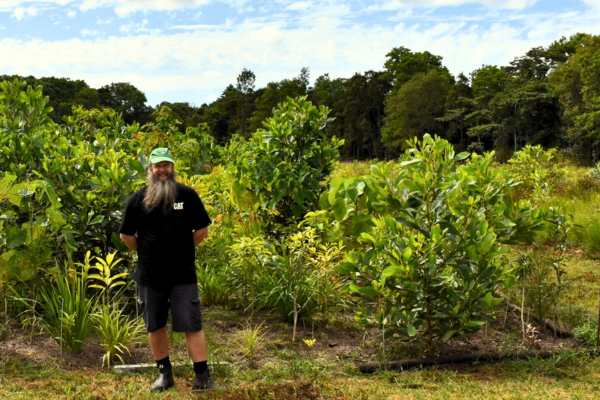Solar glass breaks ground
A leap forward in solar energy-generating windows could help buildings make more of their own energy without sacrificing style.
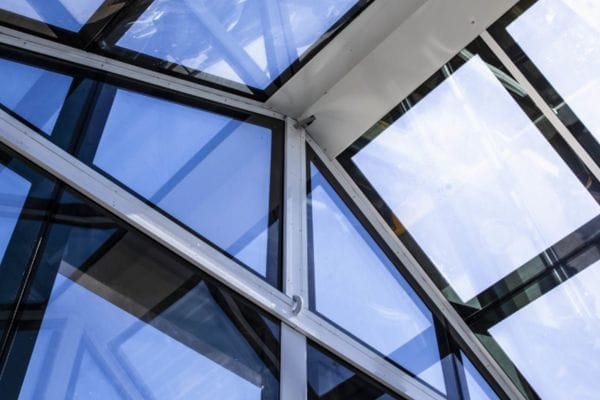
Australian startup ClearVue Technologies has revealed its third-generation solar glass that promises to deliver better energy performance and lower production costs.
The Perth-based solar glass pioneer makes windows that can generate electricity, and has developed a broader portfolio of Building Integrated Photovoltaic (BIPV) products that include solar skylights, cladding, spandrel, balustrade and even railings.
The company says its new Gen3 Solar Vision Glass is designed to keep buildings looking sleek while helping cut their carbon footprint – an increasingly important goal given that buildings account for a substantial share of global energy use and emissions.
The built environment is responsible for nearly 40% of the world’s greenhouse gas emissions, ClearVue says, with 28% of this the result of daily operations such as heating, cooling and lighting.
“Our objective was to improve the silicon density around the window. We wanted to maintain the same total transparency in the centre of the glass but produce more electricity.”
Gen3 Solar Vision Glass generates over 66% more energy than previous iterations and produces more than 50 watts per square metre of output, ClearVue said, with these results independently validated by the Solar Energy Research Institute of Singapore (SERIS).
“Gen3 is the culmination of about 12 months of work,” ClearVue CEO Doug Hunt told ASX news service Stockhead. “Our objective was to improve the silicon density around the window. We wanted to maintain the same total transparency in the centre of the glass but produce more electricity.”
Production efficiency has also been boosted in a bid to close the cost gap between solar glazing and traditional windows, according to ClearVue, with the updated design reducing both manufacturing time and use of materials, and the number of components in each unit reduced from 17 to 7.
Looks matter
While energy performance was key, ClearVue said its team also focused heavily on aesthetics in the Gen3 redesign. Maintaining the look and feel of conventional glass was critical, with Hunt emphasising the importance of the seal in glass design.
With this in mind, the company has developed a new method for routing cables through the edge of the insulated glass unit, he said, keeping the design clean and functional.
“One of the big selling points and one of the things we’ve certainly worked on as a company is being able to make Building Integrated Photovoltaic (BIPV) solutions disappear on a building, so the architect doesn’t have to compromise at all,” Hunt said.
The Gen3 model can also be colour-matched to blend with architectural styles, according to ClearVue, enabling it to blend into modern building designs.
While full certification testing is still pending, the company noted that as the core technologies used in Gen3 had already been certified, full certification was likely in about six months.
“Our mission is to reduce the barriers to deployment of BIPV,” Hunt said.
ClearVue’s Gen3 Solar Vision Glass is the third version of its transparent photovoltaic glazing system. The glass integrates solar cells around the edges of each panel, allowing visible light to pass through the centre while capturing energy from invisible (infrared and UV) light. The new Gen3 model improves energy output by over 66% per square metre compared to its predecessor, due to higher silicon density and more efficient engineering, without sacrificing transparency.
Related stories
